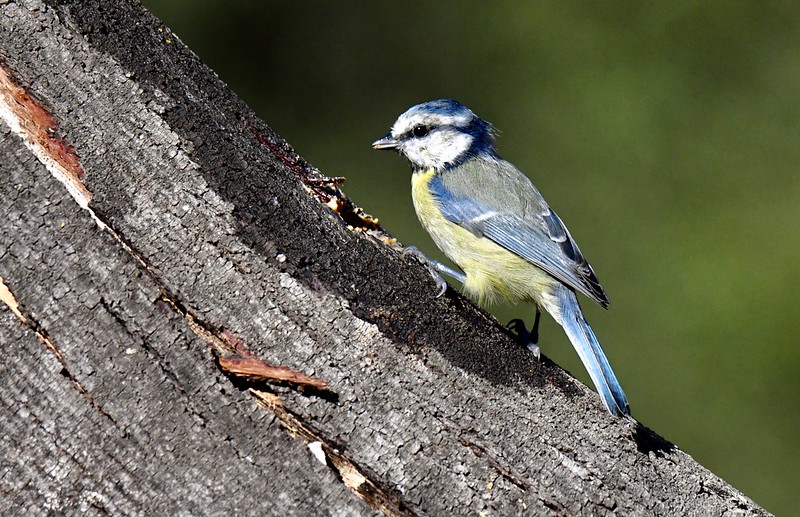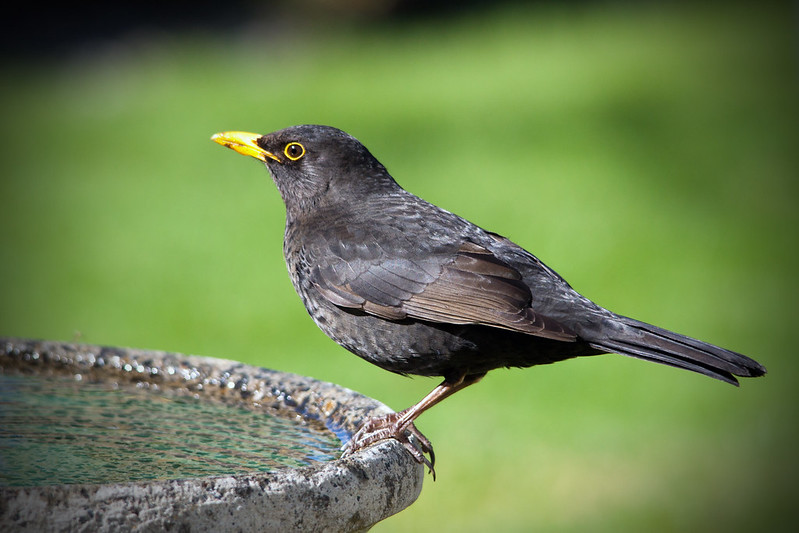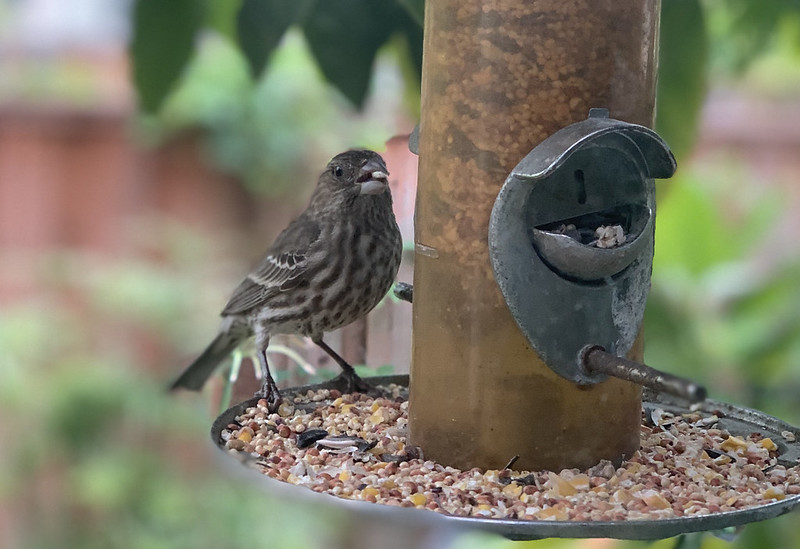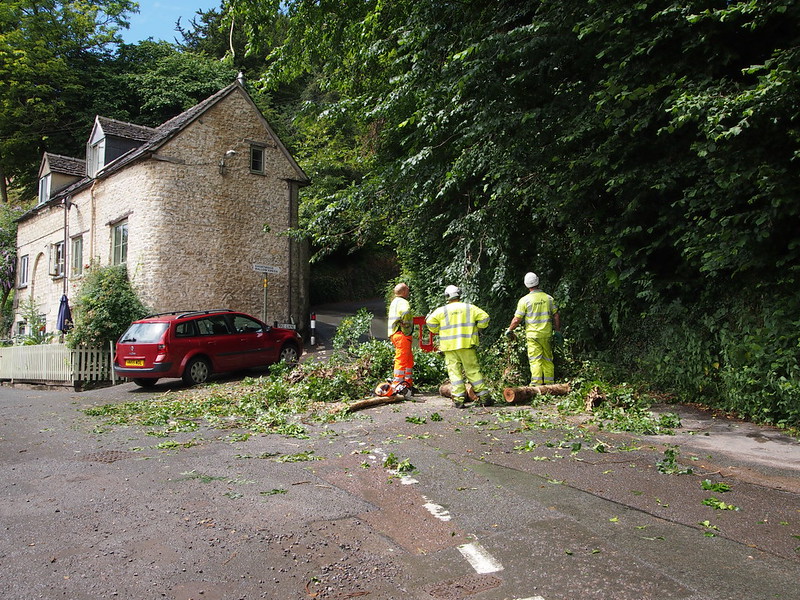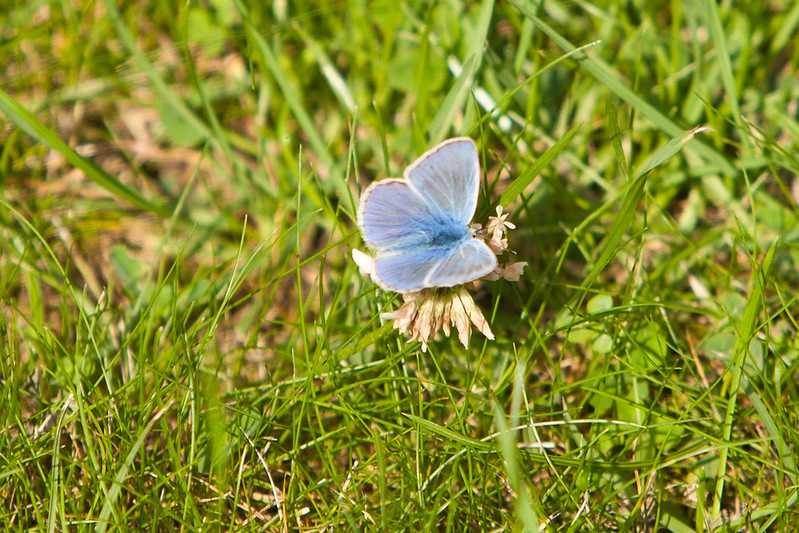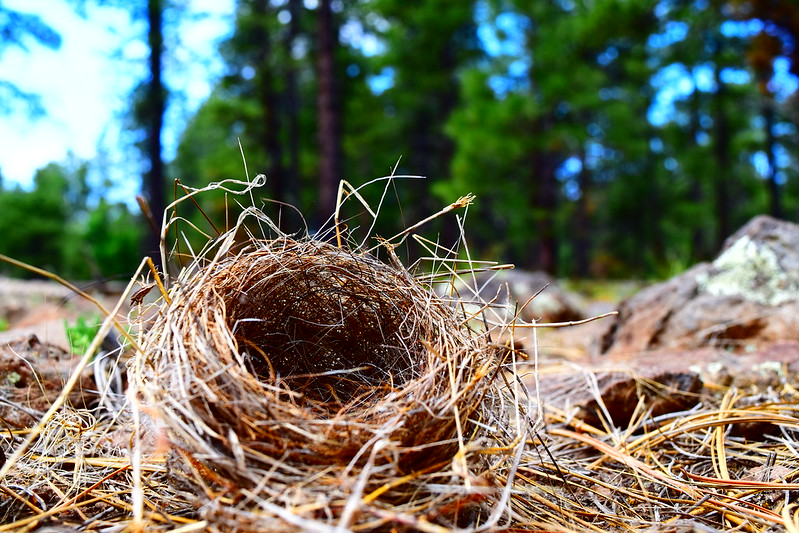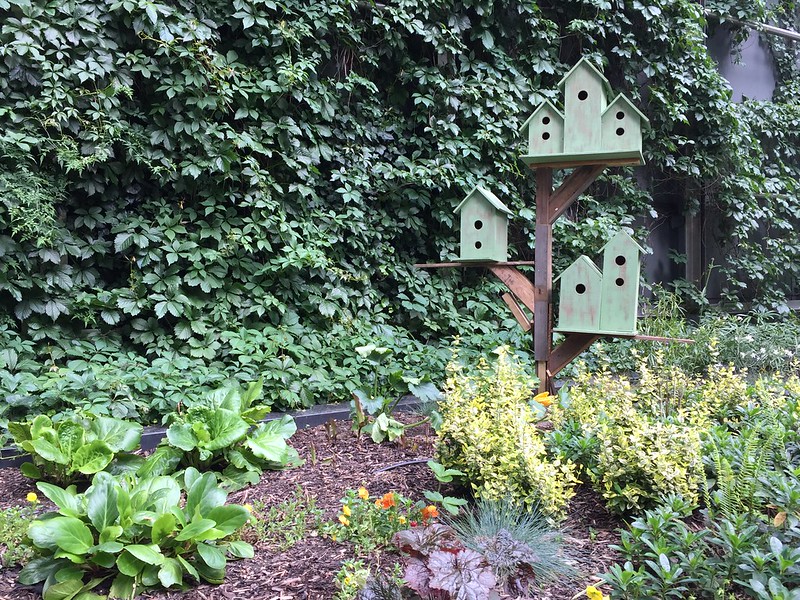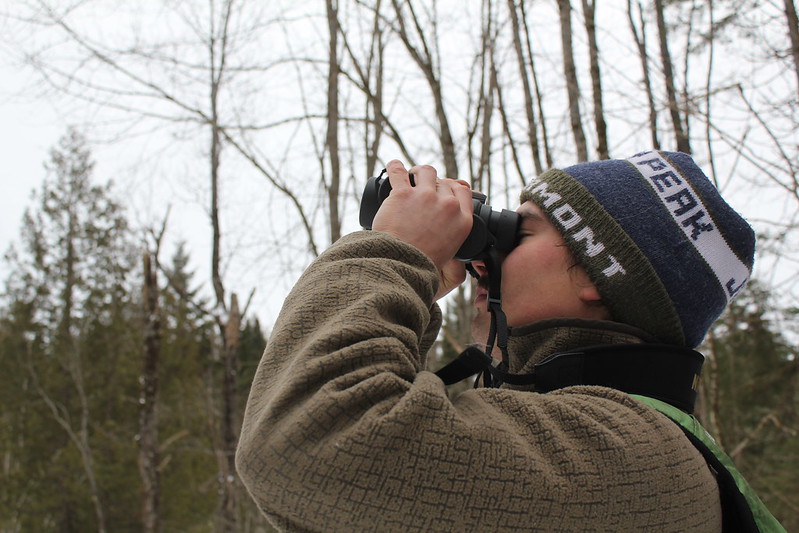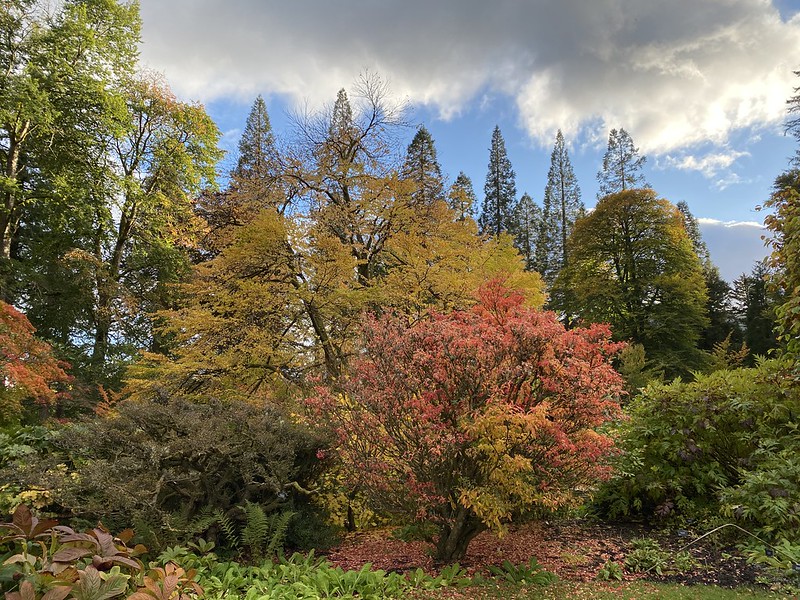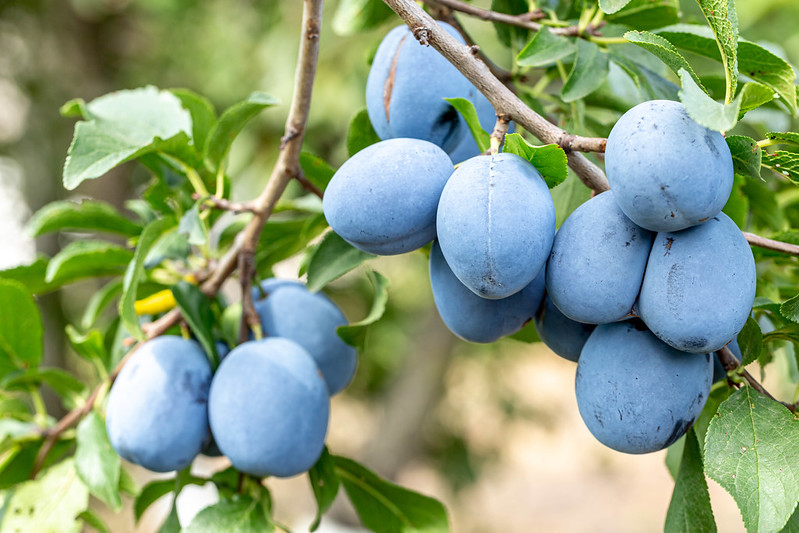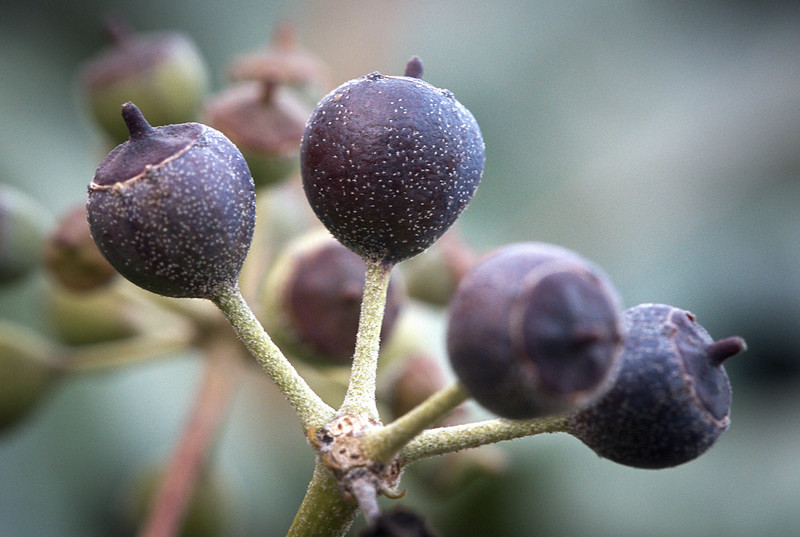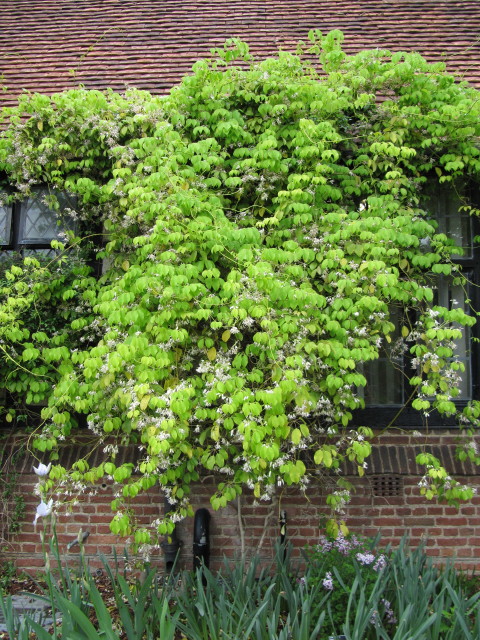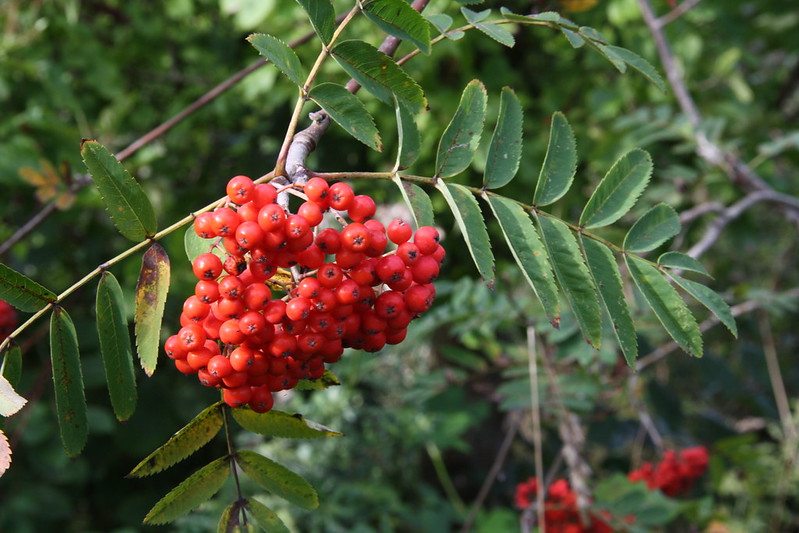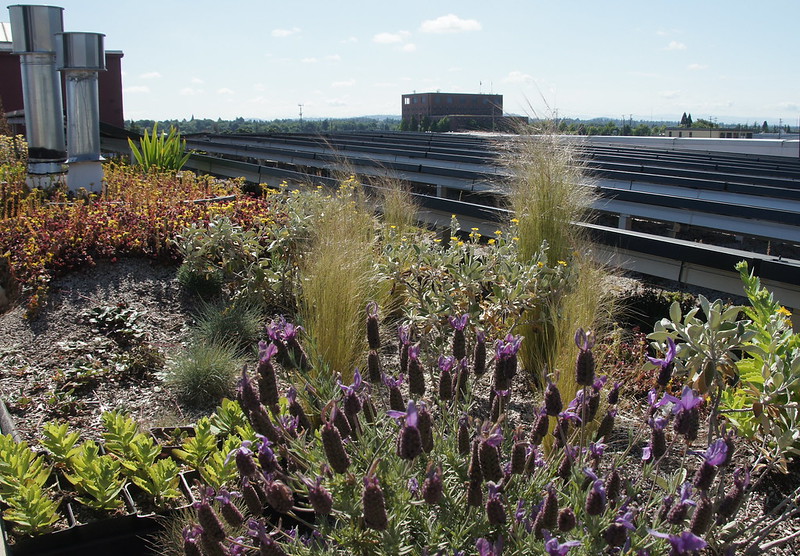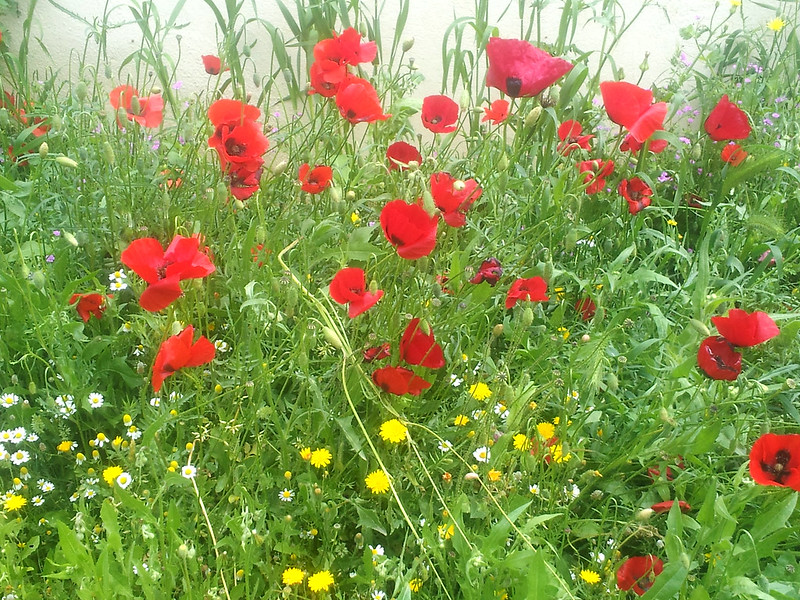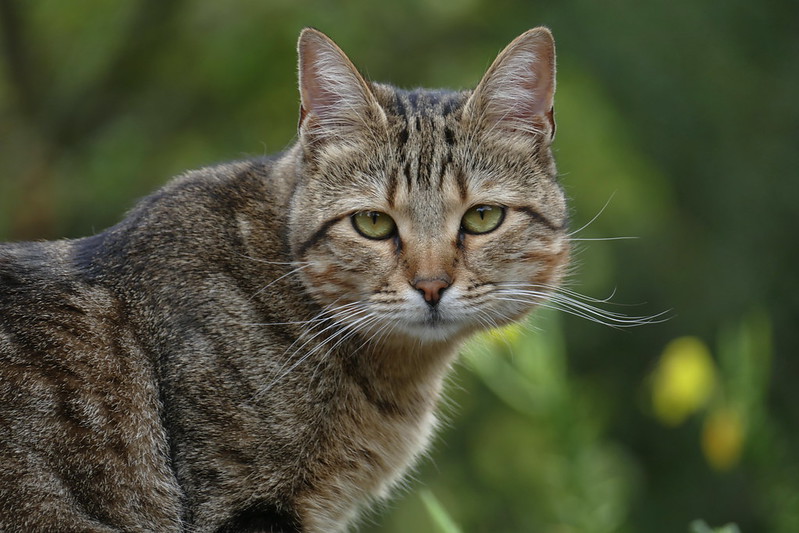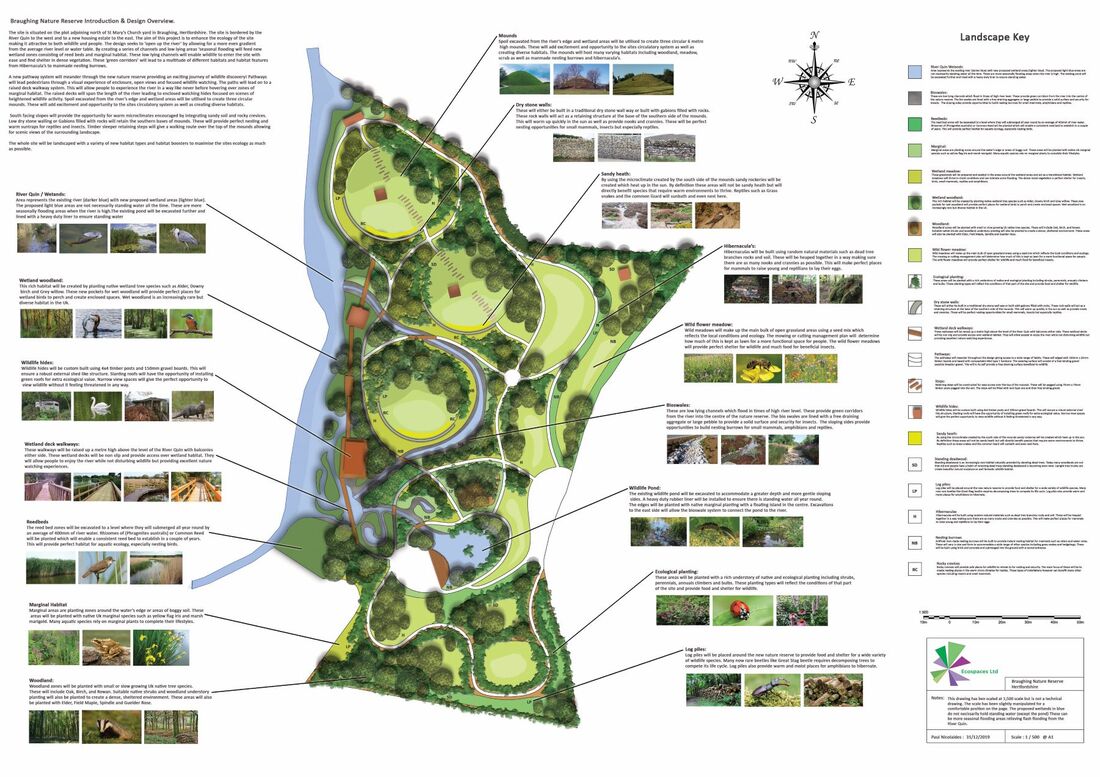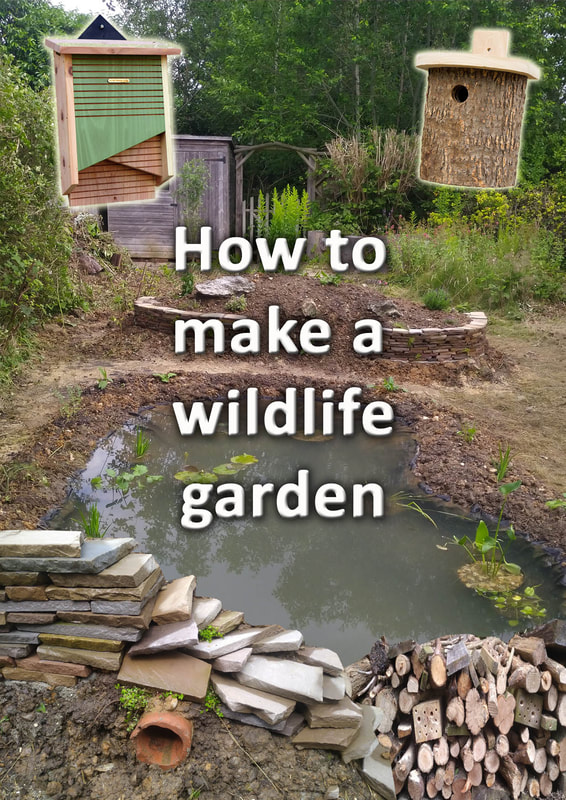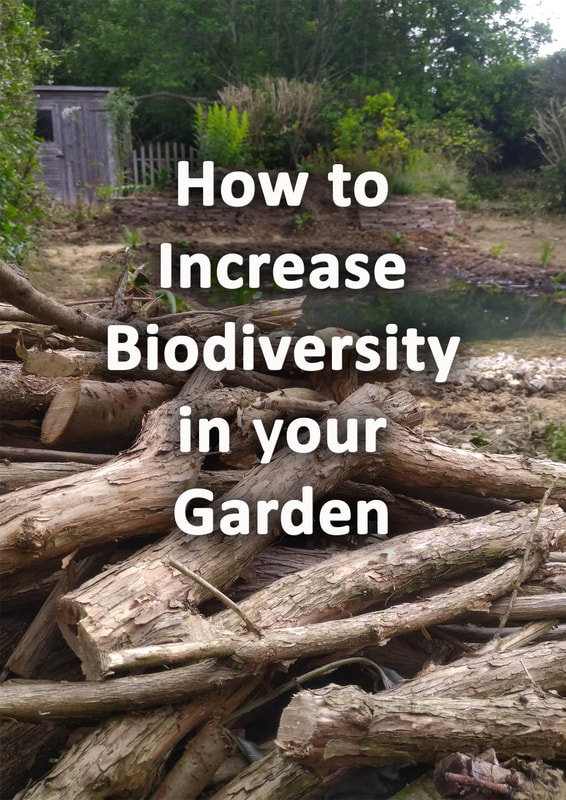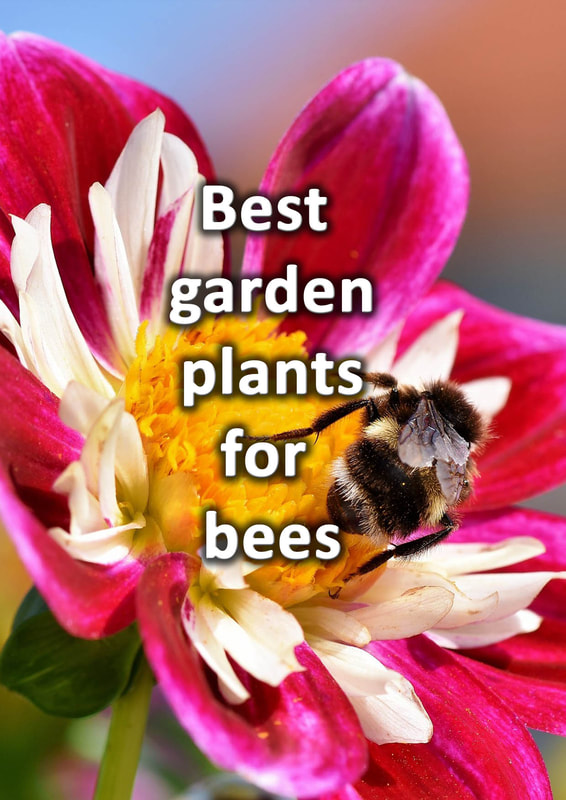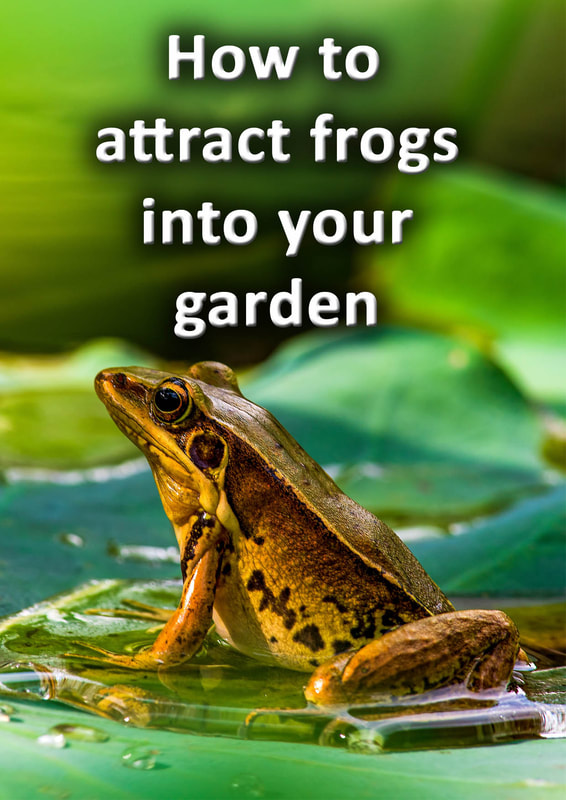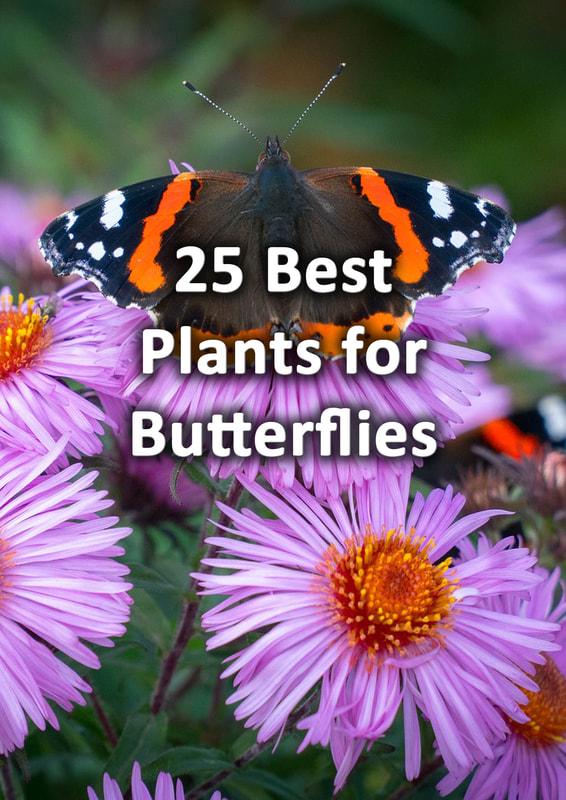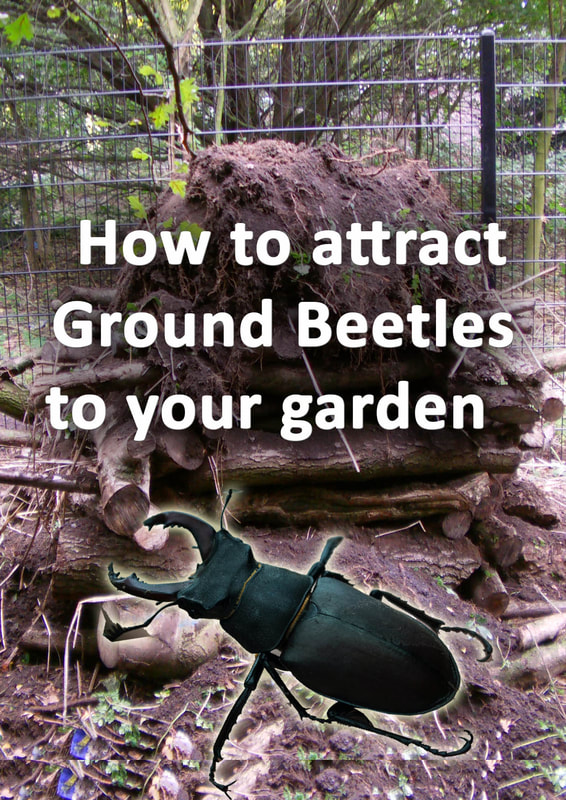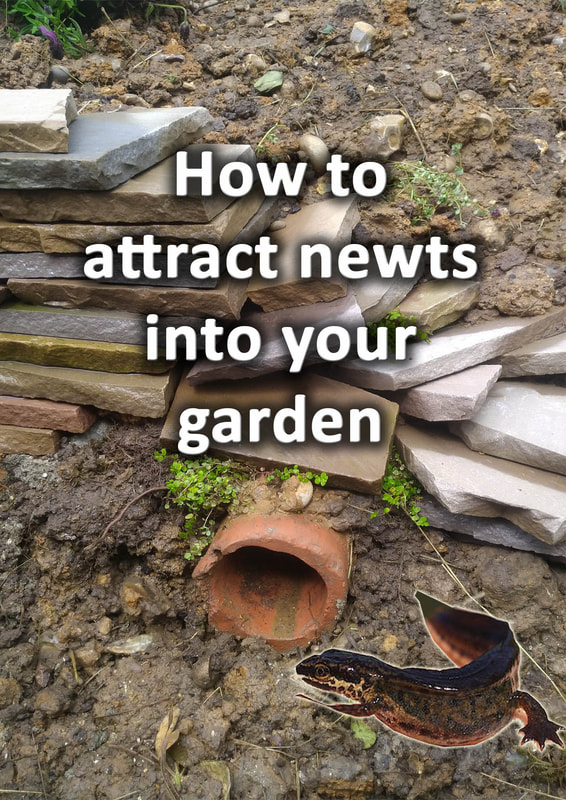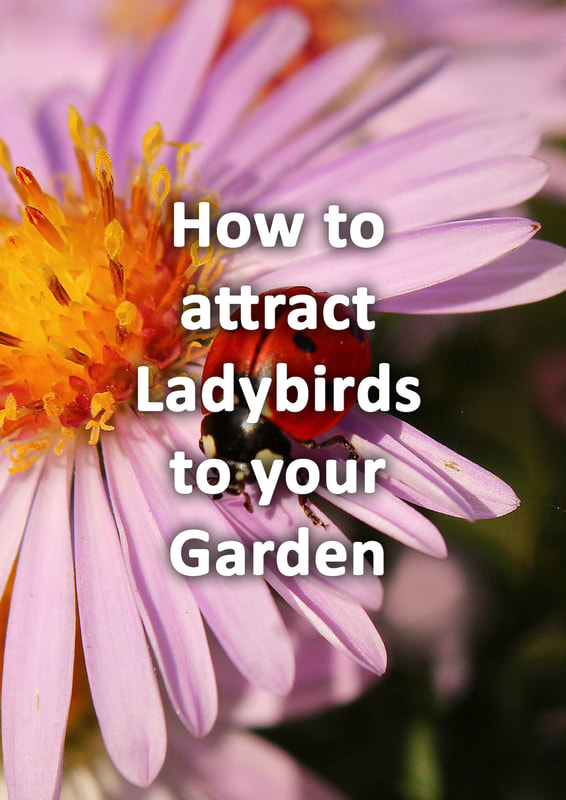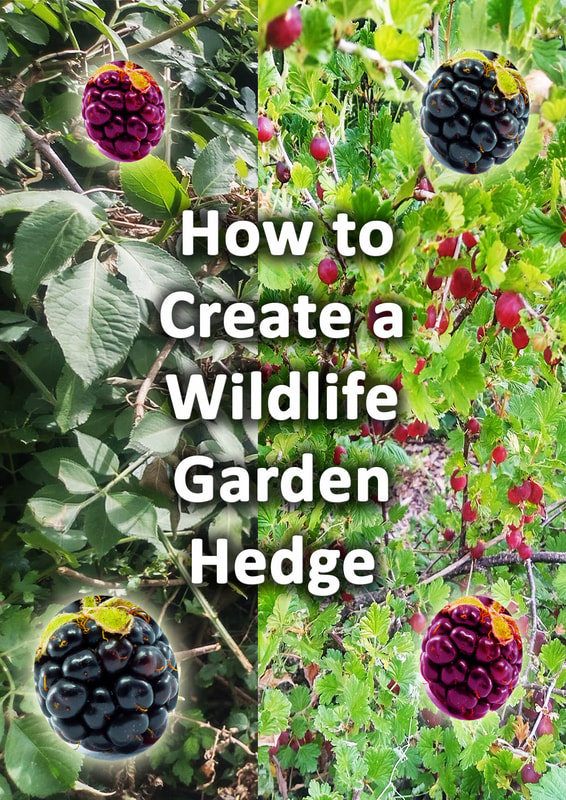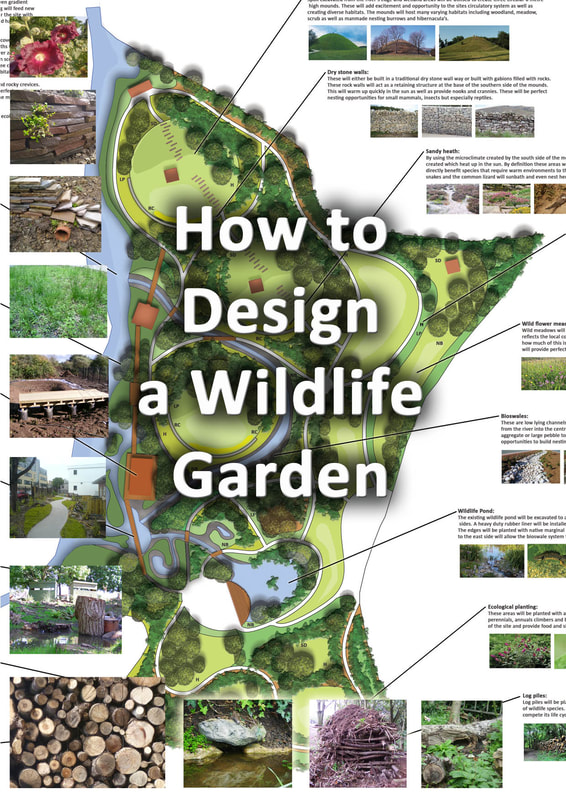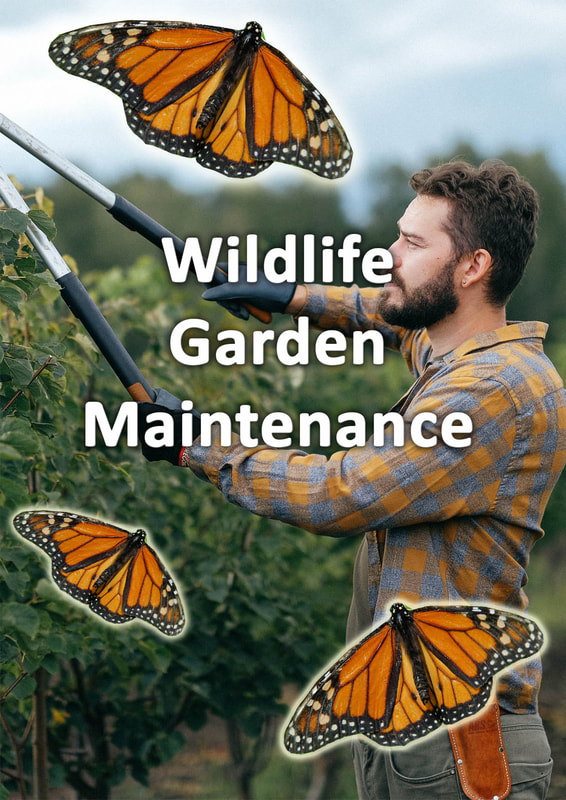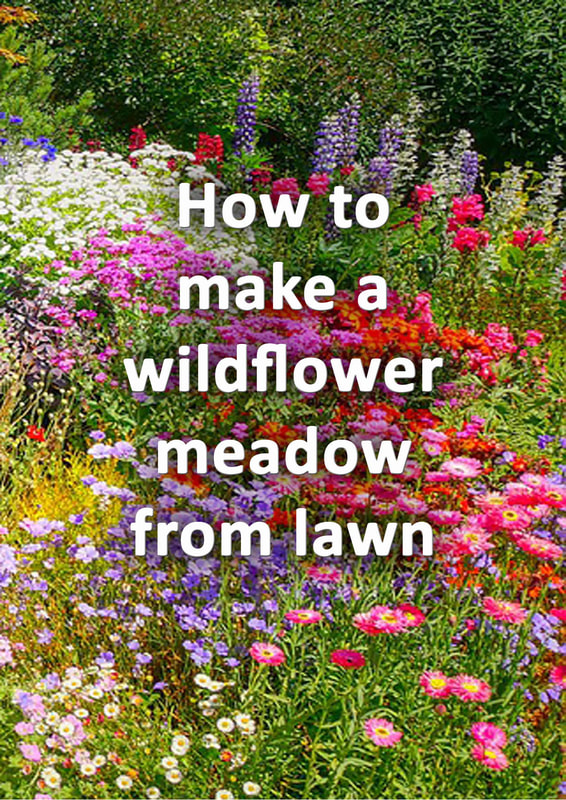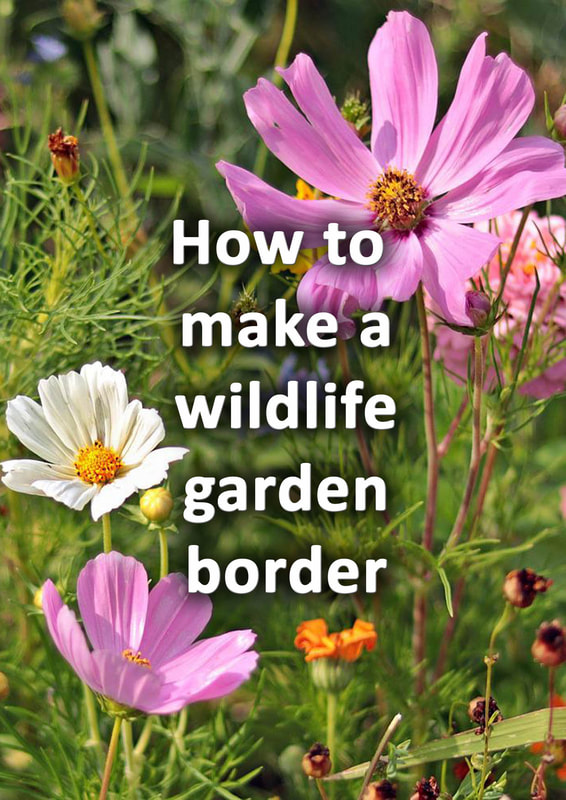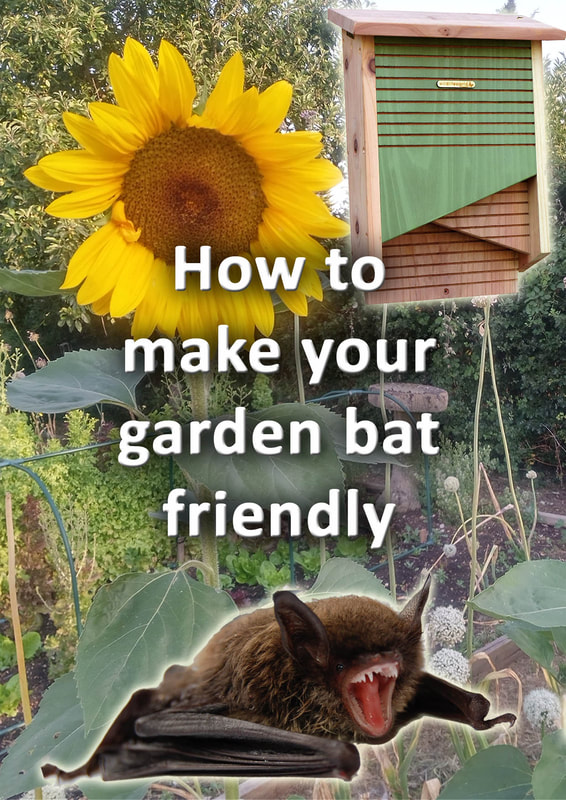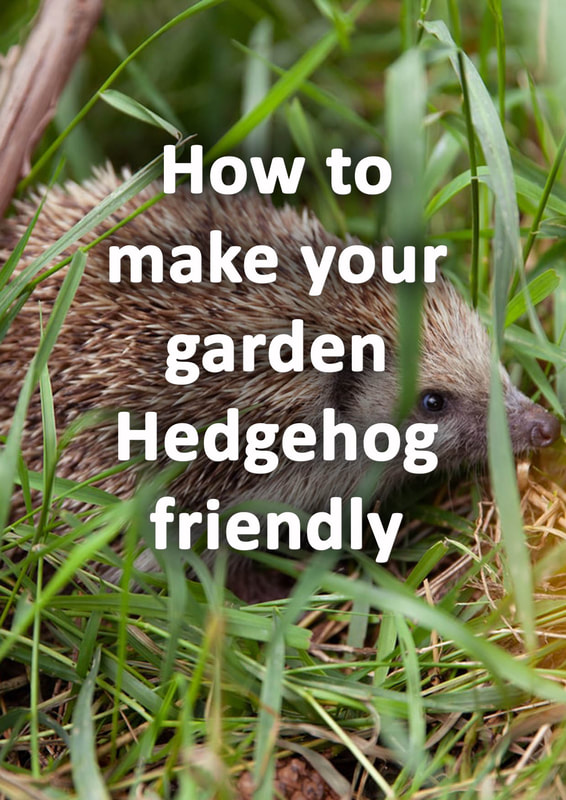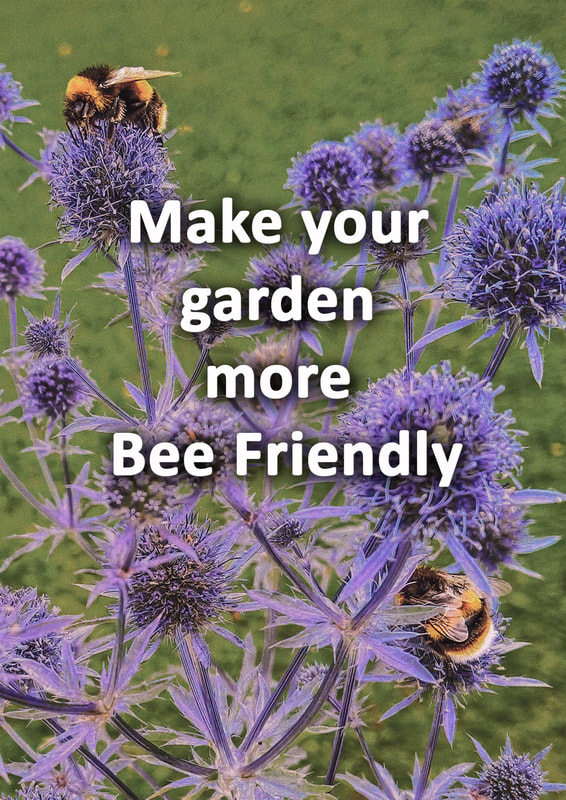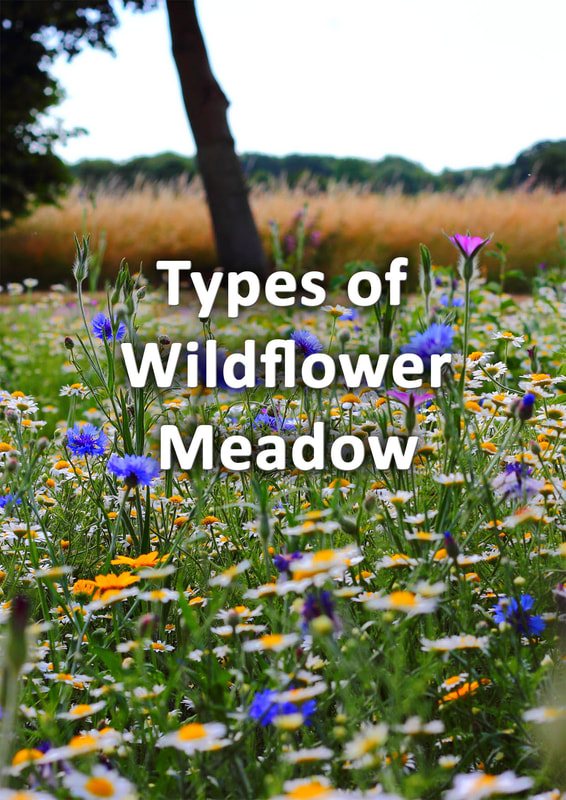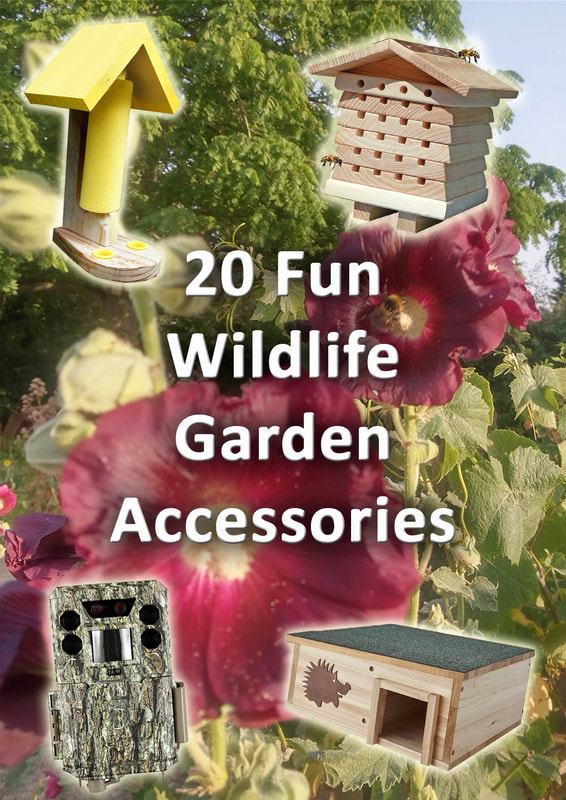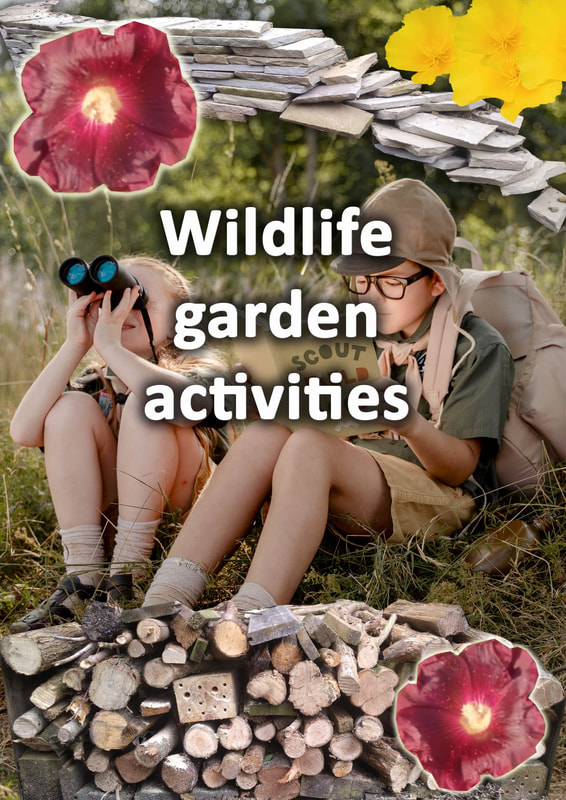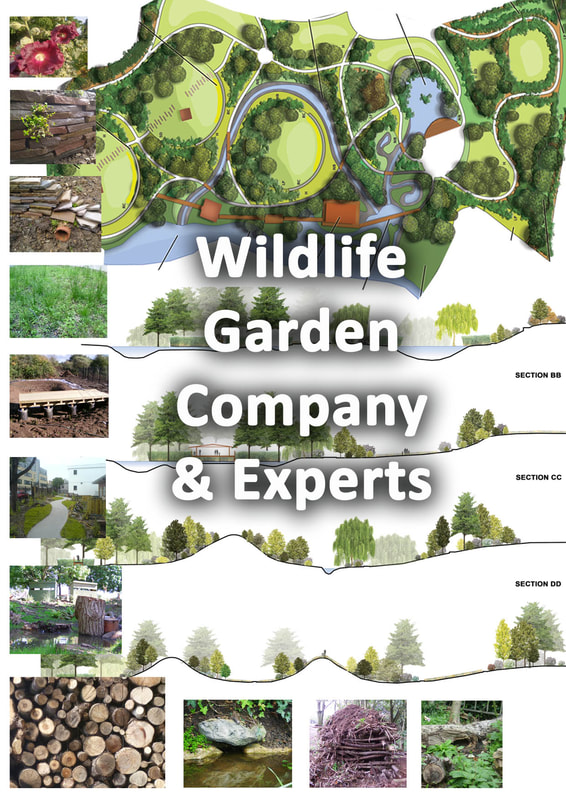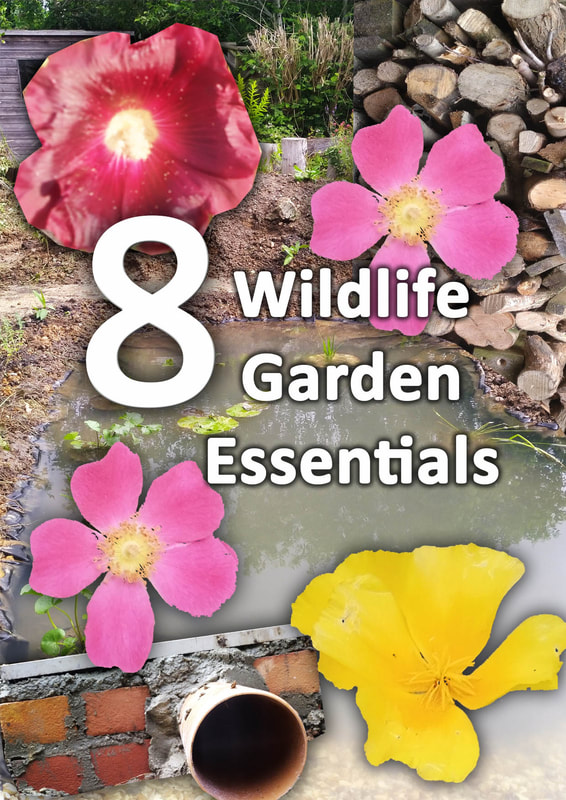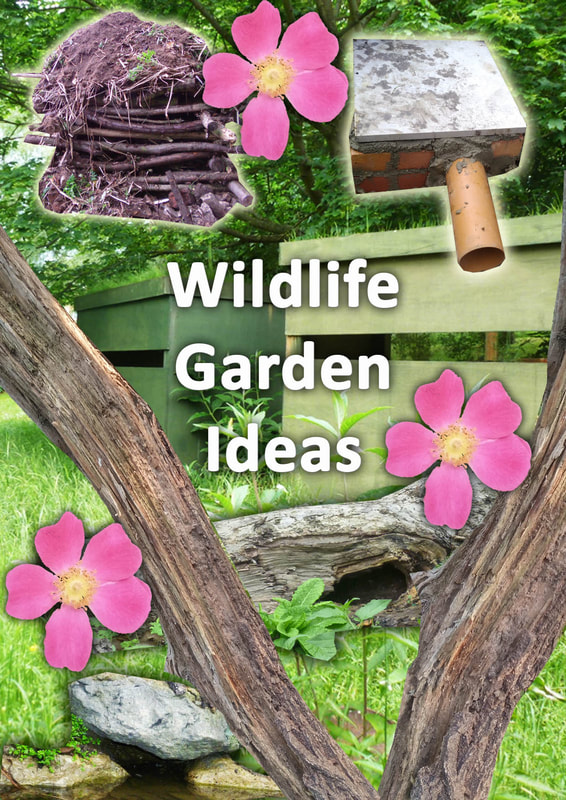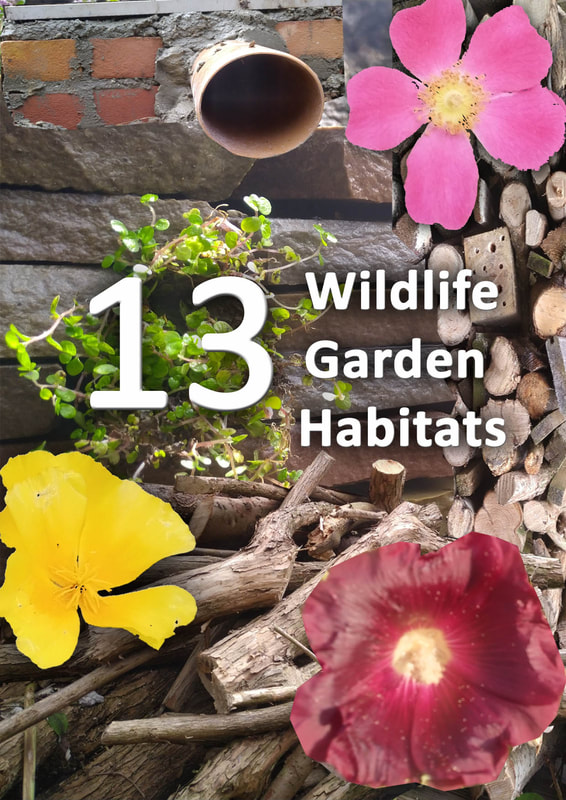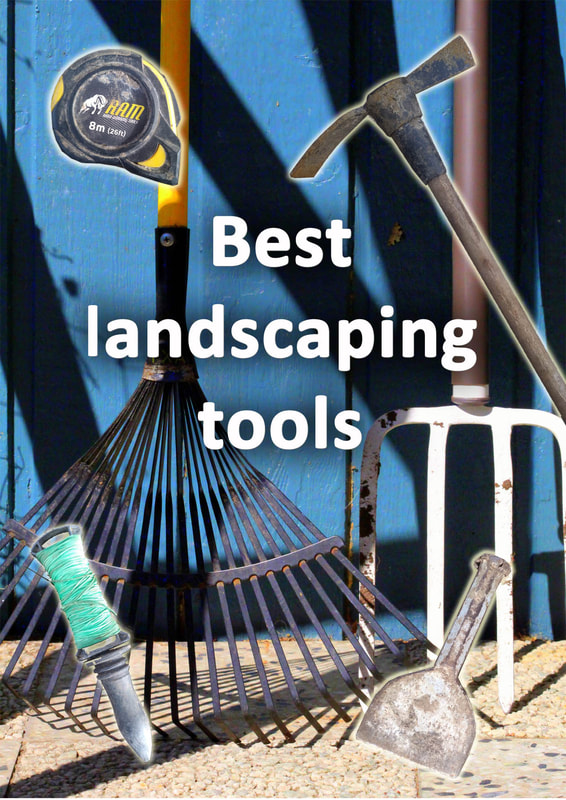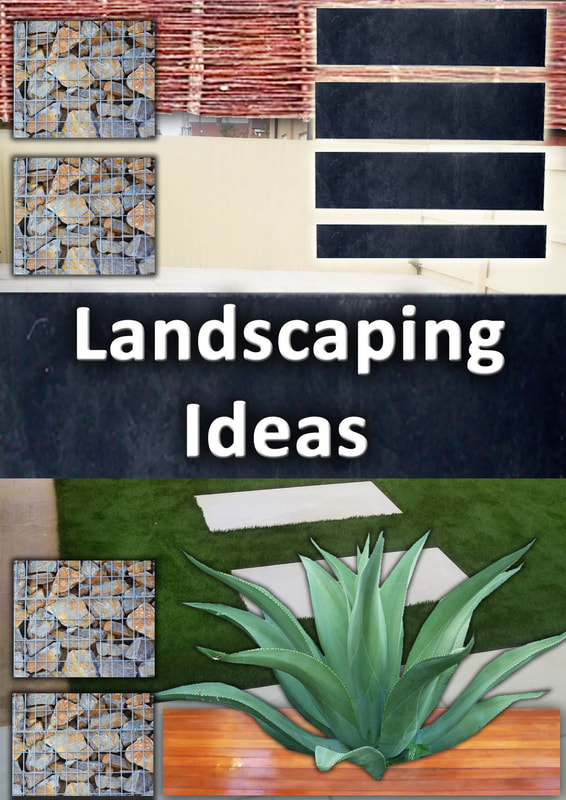|
This article contains affiliate links
Of all the creatures to grace our gardens birds have a charm which seems to be contagiously universal.
Birds have the ability to bring atmosphere to a space with their singing evoking feelings of serenity and happiness. A vibrant bird population is an indicator of a healthy environment and one that is highly favoured. Every year we spend millions on attracting birds to our gardens by feeding them and providing sanctuary. Their ability to fly and cover large distances means we can easily encourage them to feed in specific locations. This is an extremely beneficial way to bring the magic of nature into towns or for the less mobile. Birds have the ability to thrill and excite us but they are also great at reducing garden pests.
However, every year for decades has seen consistent declines in wild bird numbers. Unfortunately this trend has continued to accelerate leading to an uncertain future. Large commercial, agriculture practices combined with over development and habitat loss all take the blame for this.
The good thing is our gardens continue to provide an invaluable source of food and shelter during these ecologically turbulent times. The dense patchwork of garden habitats have given birds the perfect places to feed, rest and in some cases reproduce. With gardens being so important for modern birds the question is, How to make your garden more bird friendly? In this article I will describe all the things you can do to make your garden as preferential for wild birds as possible. Provide a water source
One of the most important things you can do to help your garden birds is to provide water. Not only is clean water essential for them to drink it is also vital for washing. Birds bathe in water to keep their feathers in perfect condition to fly and keep themselves warm.
Water can be provided with a bird bath, a pond or simply in a large vessel. It is however important to point out that birds are at their most vulnerable to predators when bathing. Therefore it is best to purchase a raised bird bath or hanging bird bath which can easily be filled up regularly. Provide bird feeders
One of the best ways to make your garden more bird friendly is to provide bird feeders. These are particularly important during the winter months when natural food sources are scarce. Bird feeders come in a wide variety of types, shapes and sizes. Some of these are better for certain species so providing variety is always a good idea.
Larger, wire net feeders are perfect for larger beaks and filled typically with peanuts. Dispenser feeders are ideal for loose seeds and benefit smaller birds, Fat balls are also a rich food source for smaller birds during the winter months. If you want to encourage larger birds perhaps a high up feeding table or platform is a good option. However these can attract vermin and can easily be raided by squirrels. If you have problems with squirrels on your feeders read my article on how to get rid of squirrels here. Do hard wood cutting in autumn
If you want to encourage birds to feed, shelter and nest in your garden you must disturb them as less as possible. Every spring and summer thousands of nest sites are either disturbed or destroyed during hedge cutting and garden clearances.
This can lead to the loss of a whole seasons generation of young birds! If you do need to carry out hard wood cutting it is best left until autumn when young birds have flown the nest. Provide diverse wildlife habitat
Birds just like any other wildlife are connected through a diverse food web or ecosystem. As humans we sometimes we like to pick and choose what wildlife we want. This is not really how nature works and in order to encourage more birds we must accept to open our gardens to all wildlife.
By providing as many different diverse habitats as possible you will encourage other species which birds feed upon. By allowing our gardens to grow wilder we provide more opportunities for birds to feed, nest and hide from predators. Provide nest building materials
Birds are expert nest builders! If you have ever found an old birds nest you can appreciate just what intricate and amazing structures there are. Commonly made up of fine twigs, feathers, grasses, soil and sometimes fabric bird nests are nature’s duvets.
The materials are painstakingly woven into a tight cup like structure providing a warm, snug compartment for incubation. The problem with most gardens is they are too tidy! Make sure you have plenty of organic debris around your garden so birds can find the materials they need to make good nests. Large grasses such pampas grass has perfect fluffy seeds to create warm bedding for chicks. Trees with long, thin and flexible stems such as birch are perfect for weaving a nests outer shell. Alternatively you can rake up moss from your lawn or leave out old pieces of wool. You can also buy fabric balls or coconut fibre specifically made to provide birds with nesting materials. Install nest boxes
A lack of suitable nest sites is one of the main reasons for dramatic reductions in our bird populations. Historically birds would use hollow cavities in old trees or build nests in dense sheltered thickets such as hedgerows.
Both of these have become increasingly rare in the past 100 years, hence nest boxes can become vital nesting sites. There are a variety of these on the market varying in size and material. Some bird species require a specific sized hole while others require a specific height from the ground. Therefore it is important to do your research before mounting a specific nesting box. If you are feeling adventurous there are now live camera systems which can film the birds feeding their young. Become a bird watcher
Bird watching is a thrilling and even addictive past time which indirectly will encourage birds to your garden. The more you learn to identify local birds and increase your knowledge the more likely you are keep feeders topped up and create more habitats.
You can never predict when a new species will occupy your garden or just visit seasonally. There are literally hundreds of species of birds which could visit your garden. The more you encourage them the more chance you have of being able to both spot them and identify them. By slowly learning what bird species you have you will soon become an expert. The RSPB Pocket Guide to British Birds is a great resource for identifying local birds. Plant more trees and shrubs
Birds by their very nature like to perch up high in dense vegetation. This helps them to stay up and out of the way of ground dwelling predators and camouflaged from areal predators.
Therefore the more trees and shrubs you have in your garden the better. Some birds like the wren appreciate low hedges which are densely vegetated while some prefer to perch higher up. By providing a diverse variety of trees and shrubs the wider the range of bird species you will attract. If planting trees make sure they will not grow too big for your garden! If you have a small garden read our article on the best trees for small gardens here. Create a hedge
Hedges have always been havens for garden birds, even in historical times. After the clearing of primeval forests to make way for agriculture hedgerows were planted to separate fields.
These green corridors helped to support nesting and feeding birds which once survived in woodlands. Hedges create dense and hidden thickets of vegetation which are perfect places for birds to feed and nest. Hedges are also typically planted with species that provide food such as hawthorn or hazel. Gardens can be the perfect place to grow an edible hedge by planting species such as plums and chestnuts. Provide plants which fruit all year
One of the best ways to make your garden bird friendly is grow plants which produce food all year. Climbers like ivy fruit late in winter when there’s not much other food around.
You can also grow small fruit trees like medlar whose fruit doesn’t ripen until mid winter. By planting fruiting trees and shrubs that produce throughout the year your garden will soon become prime, bird habitat. Grow more climbers
Climbing plants have an amazing ability to colonise some of the most challenging of vertical surfaces. Typically most gardens vertical features such as fences and walls are left bare.
However by growing climbers up these you can encourage birds to both feed and nest amongst their foliage. If you do not wish climbers to grow up a boundary why not screen out bad views with trellis. These are perfect for growing fruiting climbers such as grapes or even figs. Plant native species where you can
Today we all have a vast array of trees, shrubs and plants we can grow in our gardens. However the best species for local birds are species that are naturally occurring in your area. These native plants are more accustomed to the local environment and soil conditions.
Some bird species may have specific interactions with a certain, regional, plant species that are crucial to their survival. Try to research what plants are native to your area and include them where you can. Install a green roof
Green roofs are becoming a more consistent feature within our urban environments. Typically included within planning applications for ecological mitigation these can benefit birds greatly.
Green roofs help to slow down surface run-off, insulate buildings and provide valuable wildlife habitat. These roofs are particularly useful to birds as they are up and away from ground dwelling predators. In some inner city examples rare birds have actually nested and reared young on green roofs. Living roofs can easily be installed on top of any garden roof including sheds, garages, offices and even log stores. These can boost local biodiversity and help to increase bird numbers in your garden. Replace your lawn with meadow
Garden lawns are one of the most common garden surfaces! They are reasonably easy to maintain, free draining and can host many garden activities. They are also however extremely unbeneficial to wildlife and local ecology. Lawns are also very energy intensive and polluting making them an unsustainable landscape feature.
Historically grasslands were managed more as wild meadows; this was to produce hay to feed livestock during the winter months. These hay meadows were rich in wild flowers and their dense, foliage was a rich habitat for insects. The numerous insects and flower seeds created a bountiful supply of food for local birds. Wildflower meadows are becoming popular in gardens again once more and very beneficial to birds. To create a new meadow out of existing lawn plant wild flower plugs. Alternatively you can re-seed your lawn with native grasses and wildflowers. Make an insect hotel
Insects are an integral part of a gardens ecological food chain. These small creatures are also extremely important for birds as they are an important source of dietary protein. It is a fact that the more insects you can attract in your garden the better it will be for encouraging birds.
One of the best ways to attract more insects to your garden is to create an insect hotel. These weird and wonderful structures can provide shelter and nesting opportunities for insects. These can be made from old pallets, logs or waste garden materials. Wall mountable insect hotels can also be purchased online. Deter cats
There is much hatred put on cats by bird lovers but it’s important to remember it’s not the cats fault. Cats have a natural instinct to hunt; it is actually human development which makes it easier for cats to hunt birds.
Fences, low branches and dense vegetation all make gardens perfect places for cats to ambush birdlife. Try to place bird feeders, bathes, and bird boxes high up and away from cats. If you want to repel cats put them off with smells they don’t like such as citrus. It is not fair, ethical or legal to harm a cat! If they consistently hunt birds in your garden try squirting them with a water pistol to scare them off. Avoid using chemicals
An important thing to remember when making your garden more bird friendly is not use chemicals. Birds prey upon other smaller garden creatures such as slugs and insects. Both of these creatures are also targeted with chemical sprays and pellet poisons.
Even if garden chemicals do not kill garden creatures outright they can build up inside their bodies. Herbicides, insecticides and animal poisons can enter the cells of smaller creatures which then become food for birds. This can lead to birds being poisoned and dying prematurely. It is extremely important if we want to encourage birds we must champion a clean environment. Practice organic principles where you can and do not use chemicals in your garden.
To make your garden more bird friendly you must provide good bird habitat. This involves an abundance of fruiting trees and shrubs for birds to perch safely and feed, Clean, fresh water to drink and bathe in, an ecologically rich environment full of diverse habitats and plenty of nesting opportunities. With some added installations such as bird feeders and nesting boxes your garden will become a haven for local birdlife throughout the year.
Thinking of making your garden more bird friendly yourself? Why not visit our resource page and recommended landscaping tools article here.
Wildlife garden services
|
The Author
|
Landscaping services across Buckinghamshire, Amersham, Aylesbury & High Wycombe
Hyde Heath, Amersham, Buckinghamshire |
|

